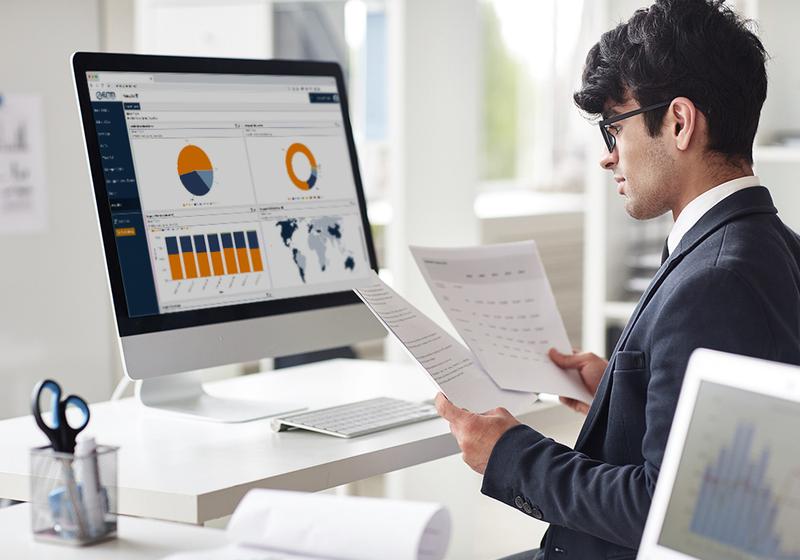
Media messages can influence the opinions and perceptions of audiences and thus have been the focus of extensive academic research for decades. American political scientist Harold Lasswell was one of the first researchers to recognise their far-reaching influence while studying propaganda and he was the first to introduce media content analysis as a research methodology.
Today, media content analysis has become a well-established research methodology among social science students and researchers. It allows them to explore topics covered in the media and to discover patterns as well as trends in the content that help to better understand the current social context.
While media content analysis became very popular in the 1950s for the study of broadcast media such as television and radio, it is now increasingly used for the study of digital media such as online news or social media.
Students and researchers are employing this methodology to find out what is said about a topic in the media, who says it, through which channel, to whom, or with what effect.
For that reason, a central aspect of media content analysis is paying attention to the use of specific words or concepts in the news, which requires a reliable transcript in case of audiovisual content.
Another relevant aspect of media content analysis is to have the capacity to analyze a large and diverse range of content that increases the generalizability of the findings. Despite its importance, this point is also one of the biggest challenges for media content analysis.
Nowadays, there are several ways to collect and analyze media content, and as technologies evolve, the division between manual and technology-based tools becomes clear.
Due to the large amount of information available today, manual content analysis requires narrowing down the search to specific channels or programs and to a manageable number of keywords. That makes it possible for the analysts to carry out the task but leaves a lot of content outside the scope of the investigation.
In comparison, (semi-)automated content analysis is able to examine a bigger number of channels and recognize any mention in any spot, debate, or discussion. Assisted by computer-based tools such as online media monitoring solutions that search, collect, and quantitatively analyze a large media database, students and researchers can achieve a more efficient media content analysis.
An investigation that compared the work of two teams of media analysts with the automated media monitoring platform eMM Dart shows that on average, an automated solution finds three times more results.
Computerized media monitoring tools automatically watch, listen, collect and analyze media content for the users – according to a set of predefined keywords. This allows them to save time and resources and focus their efforts on other parts of the analysis process – for example, on in–depth qualitative analysis.
In this respect, eMedia Monitor leads the market with the widest database of channels worldwide – more than 3.400 TV and radio channels in more than 80 countries – and scans the media 24/7, sending notifications in real time.
Besides, the eMM media monitoring solutions help to resolve major challenges of media content analysis by:
All in all, media monitoring tools offer a broad range of advantages that benefit the work of students and researchers aiming to investigate media content. If you would like to learn more about the features of the eMM platform and how it can contribute to your research, contact our team of experts:
You might also be interested in:
Media Monitoring: Automated and Manual Solutions Explained
How to Get Started with Media Monitoring: A Beginners’ Guide